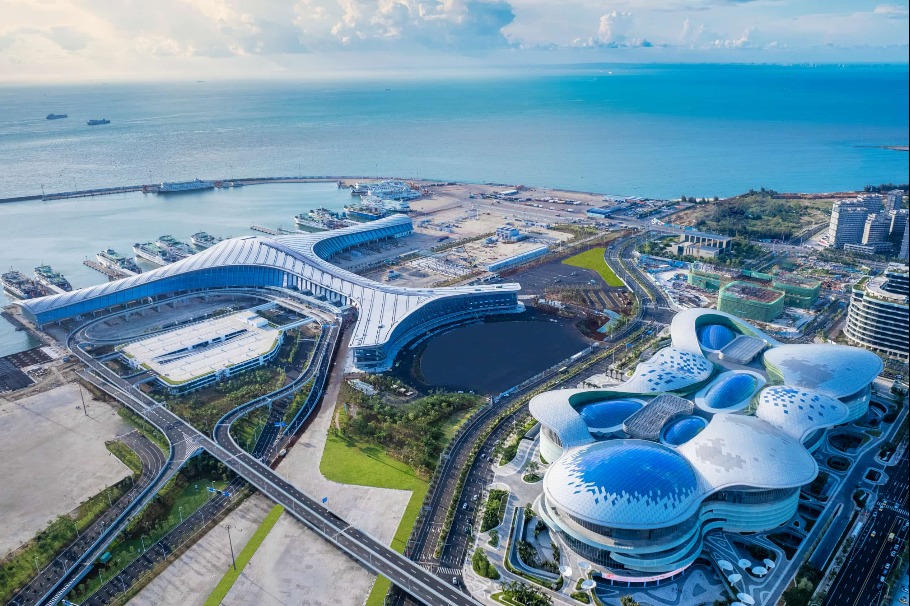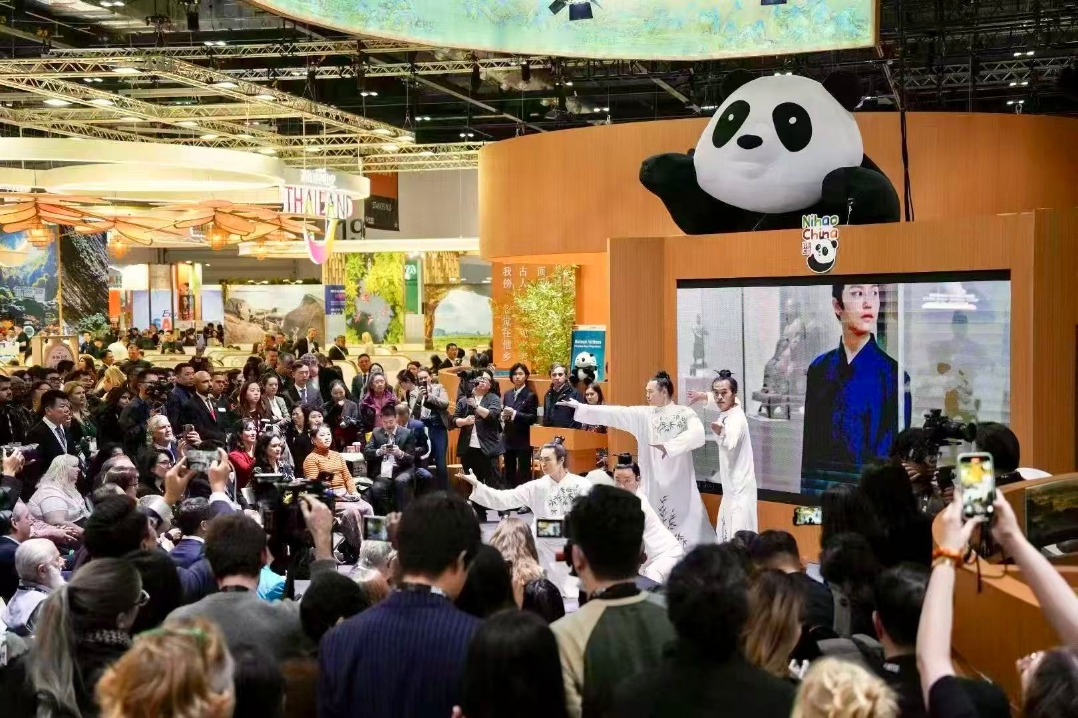Japan eyes immigrants as it looks for solutions to its dwindling workforce
By WANG XU | China Daily | Updated: 2019-01-18 09:35

It seems fortune will not grant Japan a smile after years of fighting against demographic challenge when the country's health ministry projected its workforce to shrink by 13 million in next two decades.
The Japanese workforce will drop from 65.3 million in 2017 to 52.5 million in 2040, a fall of 22 percent, said a study conducted by Japan's Ministry of Health, Labour and Welfare.
Among which, male workers will decline by 7.1 million and female by 5.8 million, the study said.
Highlighting the need to bring in huge immigration if Japan is to sustain its economic output, the study also warned employment in industries such as agriculture and construction to halve in future.
"A long-term decline in workforce is inevitable looking at the future population structure," said the Health Ministry's research team.
"Thus, for our country to achieve 2 percent real economic growth, it is essential for women and elder people to join in the workforce."
Japan was long consigned to stagnation due to its aging population and rock-bottom birthrate. In order to defy demographics, the country is refreshing its labor force from three often-neglected pools: the elderly, women and foreigners.
People work longer
"Making people work longer is definitely a solution," Masanari Koike, a former member of Japan's House of Representatives said. "It will not only substitute the inadequate workforce but also deal with the government's financial difficulties as the social security budget of 2018 reached 120 trillion yen ($1.11 trillion), and 90 percent of that came from pension, medical care and nursing."
Lengthening working lives is actually long been sought by Japanese government. In 2004, as a way to keep Japanese on the job well into their 60s and 70s, the government raised the retirement age from 60 to 65 and required companies to raise or set no retirement age, or, re-employ workers who did retire.
"However, Japanese leaders have always been timid to propose working longer directly because it will bring political losses in elections," Koike added.
"It is also urgent to improve working environments in Japan for old populations," Koike said, as elderly people can only fit jobs that are physically undemanding and in short shifts.
Female participation
Female participation in the workforce has long been Japan's handicaps. In 2017, World Bank said Japan's female labor participation rate just reached 50 percent, compared to 56 percent in the United States, 57 in the United Kingdom and 61 in China.
"But it was already a big increase if you consider Japan's rate is only 46 percent in 2012," said Yu Qiang, a Japan studies researcher and an assistant professor at the University of International Relations in Beijing.
"Japanese women's labor participation follows a M curve, a peculiar feature, which means it peaks in their 20s, then drop sharply in 30s when they have child and then rises again in their 50s," Yu said. "No other country had that curve dip like Japan's."
To flatten the M curve, Japanese Prime Minister Shinzo Abe even introduced a catchy phrase, "Womenomics", being part of his broader Abenomics plan hatched in 2014 to lift Japan out of stagnation, which including policies extending parental leave, increasing child care and rewarding companies that promote lifework balance.
"But it has yet to sparkle as Japan had a very deep-rooted view that women should stay at home and be primary caregivers," Yu said, "and that held them back in workplaces."
Foreign immigration
The Health Ministry's study failed to evaluate the impact of a new visa system, which will take effect this April and is estimated to draw about 340,000 blue-collar workers from abroad over the next five years.
"Foreigners is the final source of labor Japan can tap," Yu said, "But the country has long been criticized for not friendly to foreign workers because of language barriers, culture shocks, long overtime working with limited payments and difficulty to acquire Japanese citizenship."
"The new visa system may be a crossroad for Japan's immigration policy although Abe doesn't say it. But step by step, the country is welcoming more foreigners and this is happening behind the scenes."
The number of foreign workers in Japan nearly doubled between 2012 and 2017 to almost 1.3 million, according to statistics from the country's health ministry.
Thanks to the elderly, women and foreigners, although Japan's overall population fell from 127.6 million in 2012 to 126.7 million in 2017 with its working-age population shrinking at the same time, the actual number of people working increased every year since 2012 and stood at 66.3 million in 2018, a total increase of 3.5 million, according to Statista, a German data provider.
"The figures are good for now. But the question is can it last? Are these factors sustainable?" said Yu.
























